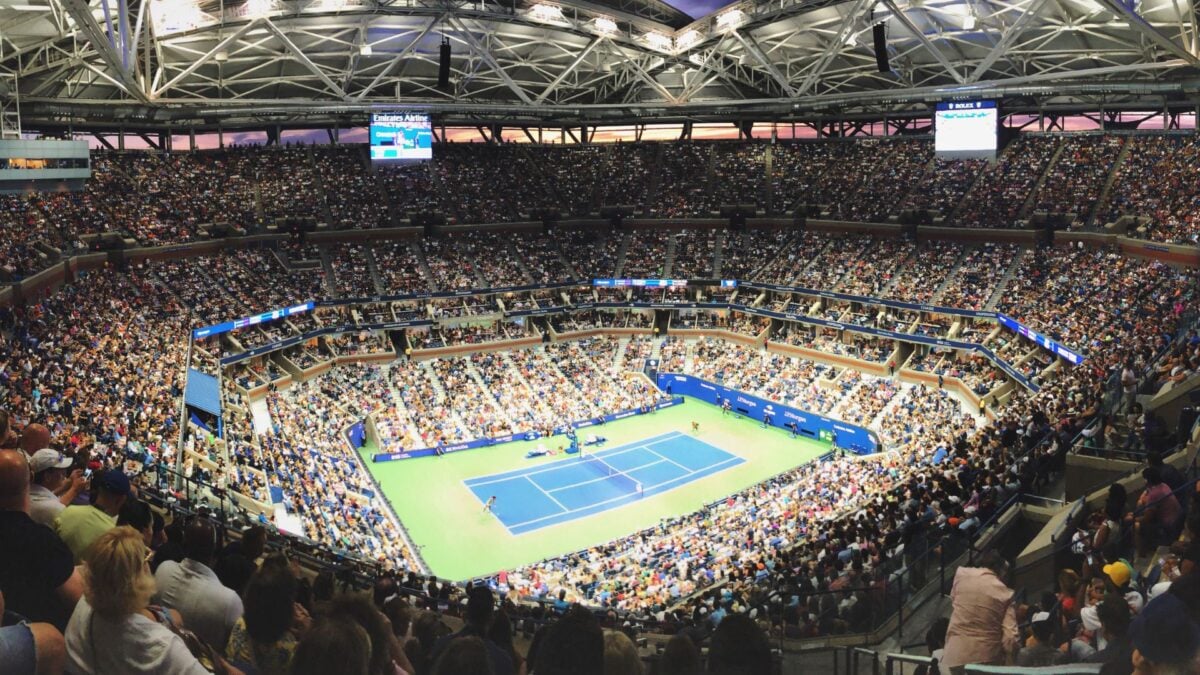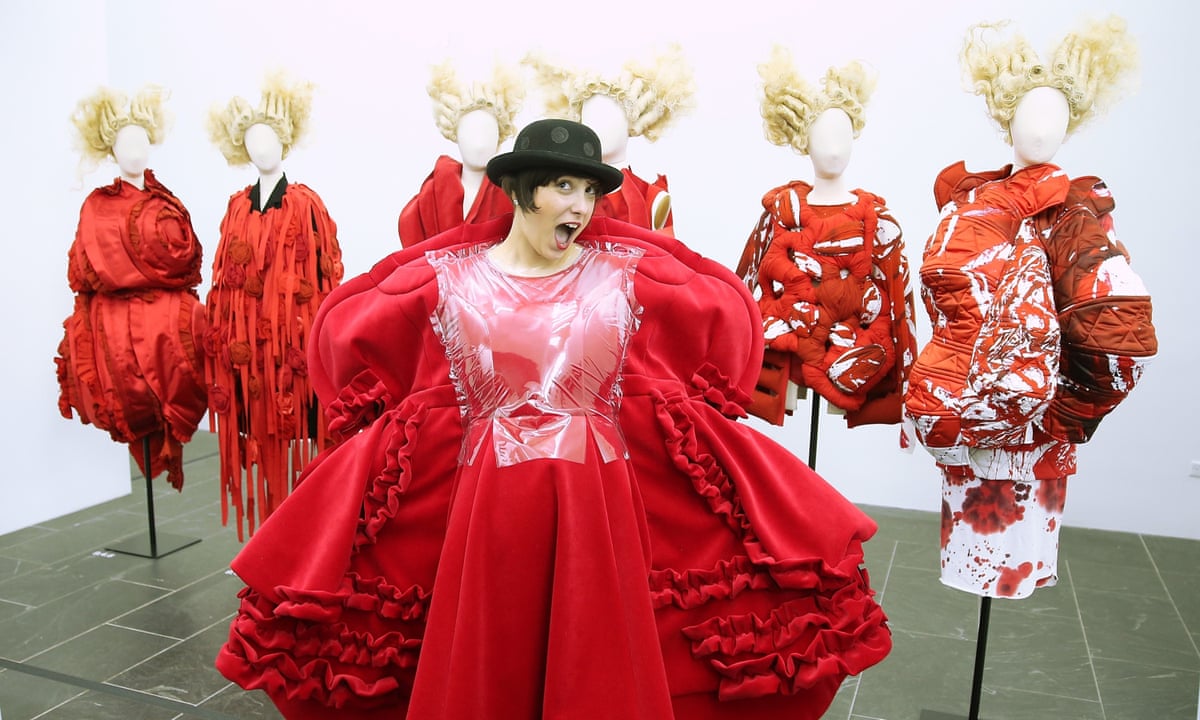The US Open, one of tennis’s most prestigious Grand Slam tournaments, is now in full swing, drawing the world’s attention to New York City as players compete for one of the sport’s most coveted titles. Held annually at the USTA Billie Jean King National Tennis Center in Flushing Meadows, the event combines elite competition, passionate crowds, and a unique atmosphere that makes it a highlight of the tennis calendar. From rising stars to established champions, the US Open showcases a mix of talent, drama, and athletic excellence that keeps fans on the edge of their seats.
This year, the tournament features a competitive field of men’s and women’s singles players, doubles teams, and mixed doubles pairings. Among the notable names are Grand Slam champions, top-ranked seeds, and emerging players hungry to make their mark on the hard courts of New York. As always, the tournament’s fast-paced hard court surface favors aggressive play, powerful serves, and stamina, making every match unpredictable and thrilling.
For enthusiasts keeping up with the event, grasping the tournament’s framework is crucial. The US Open operates on a knockout format, requiring participants to secure a victory in every match to progress further. Initial rounds frequently present intense encounters between experienced competitors and fresh faces, whereas the concluding phases usually involve top-seeded players competing in critical duels. The men’s and women’s brackets each include 128 athletes, leading to a multitude of thrilling matches daily on various courts.
Alongside singles matches, doubles and mixed doubles events offer chances for collaboration, tactics, and brisk front-court actions. These games frequently involve shorter exchanges and rapid interactions, enhancing the audience’s experience by presenting a new angle of professional tennis. Doubles competitions also give lesser-known athletes the opportunity to stand out, as teamwork and cohesion can eclipse individual standings.
Various narratives are unfolding as the competition advances. The defending titleholders are under pressure to match past achievements, while top seeds need to handle expectations and the strain of back-to-back games. Newcomers are taking advantage of the chance to defeat higher-ranked rivals, leading to early upsets that emphasize the uncertainty of Grand Slam tennis. Experts and commentators are keenly observing these changes, as they might offer insights into likely finalists and future champions.
Predicting a winner at the US Open is always challenging, given the depth of talent and the mental toughness required to triumph in a two-week event. Among the men’s field, players with consistent hard-court performance, strong serves, and the ability to adapt under pressure are seen as frontrunners. For the women’s draw, competitors with agility, endurance, and strategic shot-making are expected to dominate. Each match presents its own challenges, including adjusting to varying weather conditions, crowd energy, and the psychological intensity of playing on tennis’s biggest stage.
Outside the court, the US Open delivers an enriched experience for fans. Visitors can take advantage of numerous offerings, such as fan zones, interactive displays, live music, dining options, and shopping. The event also prioritizes accessibility, with matches being broadcast on various platforms and coverage available for international viewers. This blend of top-tier competition and entertainment has enabled the US Open to uphold its reputation as one of the most popular and extensively watched sports events globally.
Historical background contributes an additional level of thrill to the tournament. The US Open has witnessed remarkable instances featuring legendary players, encompassing intense five-set duels, performances that set new records, and memorable surprises. These events enhance the tournament’s heritage and motivate today’s players, who strive to have their names recorded alongside previous champions in the annals of tennis history.
For casual fans and newcomers, following the US Open may seem overwhelming given the number of matches and courts. However, key matches are often highlighted, and major media outlets provide schedules, analysis, and expert predictions. Fans can also follow live statistics, player interviews, and commentary to stay informed about emerging trends and potential matchups in the later rounds.
Furthermore, the tournament’s outcomes extend beyond individual performances, impacting rankings and future events. Achievements at the US Open can have a major effect on ATP and WTA standings, which in turn influence seedings in forthcoming competitions. Players who excel may attract sponsorships, boost their global image, and build confidence that could lead to more Grand Slam triumphs in the future.
As the competition continues, supporter involvement stays elevated, with social media boosting key moments, interviews, and behind-the-scenes footage. The online presence of the US Open enables audiences around the world to engage with the event, exchange experiences, and honor remarkable performances. This connectivity increases the international allure of the tournament and highlights its influence in forming modern tennis culture.
The US Open is an event that praises talent, tactics, and competitive drive. Be it the precise baseline rallies, the powerful serves, or the strategic net plays, each match adds to the tournament’s storyline. Spectators experience a combination of anticipated results and unexpected twists, turning each day into a fresh episode in the evolving saga of the US Open.
While predicting the ultimate winner remains uncertain, the tournament has already demonstrated why it is regarded as one of tennis’s premier events. The combination of elite athletes, historic venue, and passionate spectators creates an atmosphere that is unmatched in professional sports. Each day brings new opportunities for triumph, heartbreak, and unforgettable moments that will be remembered long after the final point is played.
For athletes, participating in the US Open is not just about the possibility of securing a Grand Slam victory; it is also about measuring their skills against the world’s elite while under immense pressure. Spectators enjoy the event as a display of athletic ability, endurance, and the exciting elements that characterize the sport of tennis. As the tournament reaches its closing stages, excitement grows among all, as there’s great interest in discovering which competitor will stand out and make a memorable impact on this legendary championship.
In the end, the US Open is more than just a sporting event—it is a global celebration of tennis, culture, and human achievement. From emerging stars to established champions, the tournament provides a platform for excellence, resilience, and unforgettable competition. Fans can follow the action knowing that every match has the potential to create history, inspire new generations, and contribute to the enduring legacy of one of tennis’s most prestigious stages.





